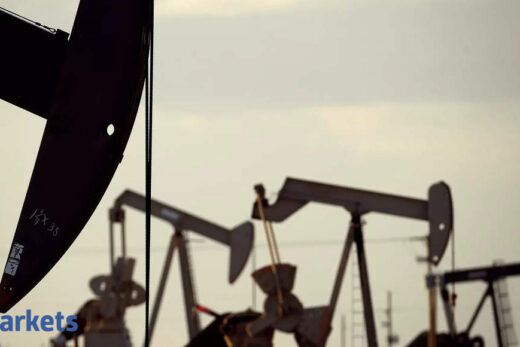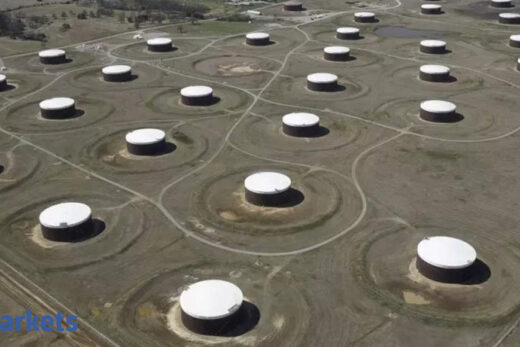The OPEC+ group of producers, which are holding back millions of barrels of daily supply, surprised the market on March 4 by deciding to hold output broadly steady.
Russia and Kazakhstan were allowed to pump a small amount of oil more. But Saudi Arabia’s Energy Minister Prince Abdulaziz bin Salman Al-Saud stood firm, citing a return to lockdown in Milan as one of the reasons.
That decision is now looking wise. European nations including France, Switzerland and Norway have since tightened restrictions to address rising coronavirus cases as OPEC+ prepares to assess their policy on April 1.
Brent crude futures, the industry benchmark, which topped $71 a barrel this month, the highest since before the pandemic, have since fallen to about $63.
Four OPEC+ sources told Reuters they expect a similar decision to the last meeting. OPEC+ then broadly stuck to its cuts, allowing Russia and Kazakhstan a modest rise of 150,000 barrels per day.
“I won’t be surprised to hear the view that it is better to be cautious and not add more supply yet,” said one OPEC+ source, who asked not to be identified.
The energy minister for the United Arab Emirates, OPEC’s third-largest producer, also expressed caution this week, saying that OPEC+ was unlikely to pump more oil than the market could handle.
“The price of oil has not yet stabilised,” said another OPEC source. “Under these circumstances, any OPEC+ decision to increase production could jeopardise their previous gains in managing the oil market and restoring stability.”
Another reason for caution is rising Iranian oil exports, which have also weighed on prices. Iran has managed to boost shipments in recent months despite U.S. sanctions.
OPEC members Iran, Libya and Venezuela are exempt from the cuts due to challenges facing their respective economies.
The cuts involve OPEC’s 10 other members as well as non-OPEC producers led by Russia. Together their cuts currently stand at just over 7 million bpd plus an additional 1 million bpd voluntarily pledged by Saudi Arabia.
Last year they touched a record 9.7 million bpd, or about 10% of world output.
Major producers not part of OPEC+ include the United States, Canada, China, Brazil and Norway.



